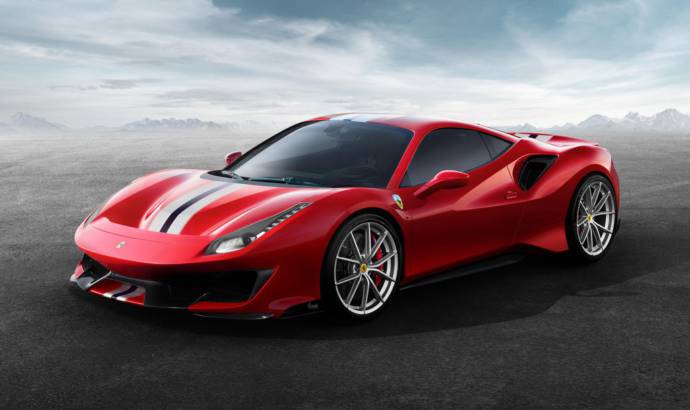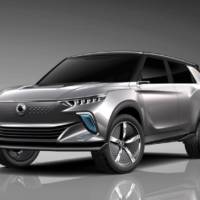Hyundai is developing global cars but focused on the European market, where it sells lots of its cars with success. To continue the line of nicely designed cars, Hyundai unveiled during this year Geneva Motor Show the ’Le Fil Rouge’ concept car, marking a new beginning for Hyundai design and providing a glimpse of its future design direction.
As its name implies, ‘Le Fil Rouge’ (English translation: common thread) is a reflection of Hyundai’s belief that the brand’s past, present and future designs are all connected.
“‘Le Fil Rouge’ is a reinterpretation of Hyundai’s design DNA that originated from the brand’s historical Hyundai Coupe Concept in 1974,” said Luc Donckerwolke, Executive Vice President and head of Hyundai Design Center.
The new concept is an introduction to the brand’s latest approach in design: the ‘Sensuous Sportiness’ theme will be embodied by all future Hyundai vehicles, ranging from sedans to SUVs.
Proportional uniqueness is achieved through a long wheel base, large wheels and short overhangs. A respectful dash-to-axle – the distance from front wheel center to base of windshield – provides a comfortable driving position, whilst a higher beltline completes the overall look.
With ‘Le Fil Rouge’, Hyundai took a new approach called ‘Light Architecture’, to integrate a progressive identity into the brand’s design heritage. Light Architecture generates a dynamic look and forward motion effect for the vehicle.
The exterior and interior are smoothly merged by the ‘Tube Architecture’. The interior design differentiates between the needs of both the driver and passengers. The front passenger seat maximises comfort even on long-distance trips with more ample leg room, while the driver’s seat is designed to add to the fun on driving with optimised ergonomics. A wrap-around architecture emphasises depth, creating a calm, spacious and comfortable travel environment for everyone in the car.
Inspired by aircraft ventilation, a two-way air ventilation system blows air over the curved surface of lightweight tube architecture. Revitalised wood and high-tech fabrics are used extensively.





